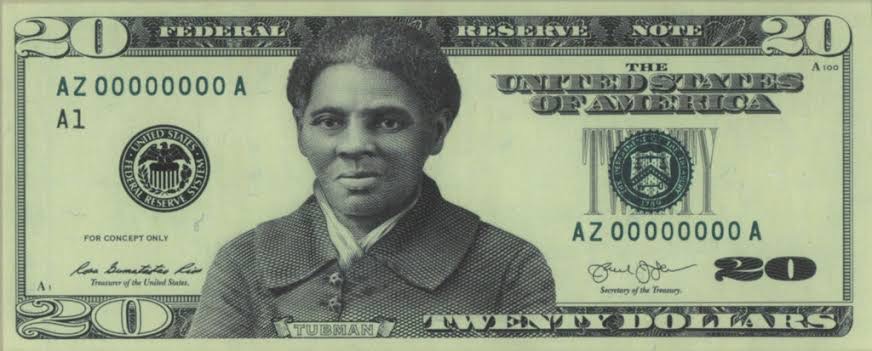Understanding the Sharpe Ratio Formula: A Comprehensive Guide
- Posted on March 23, 2023
- Financial Terms
- By admin

Investing can be a tricky business, and evaluating investment performance is essential for maximizing returns. The Sharpe Ratio is a widely used formula in finance that measures an investment's risk-adjusted returns. In this article, we'll provide an in-depth guide to the Sharpe Ratio formula, including how to calculate it and use it to make informed investment decisions.
What is the Sharpe Ratio Formula? The Sharpe Ratio Formula is a measure of an investment's risk-adjusted returns, taking into account its volatility. It was developed by Nobel laureate William F. Sharpe in 1966 and is widely used in finance to evaluate investment performance. The formula is calculated by subtracting the risk-free rate of return from the investment's average annual return and dividing it by its standard deviation. Mathematically, it is expressed as follows:
Sharpe Ratio = (Rp - Rf) / σp
Where: Rp = Average annual return of the investment Rf = Risk-free rate of return σp = Standard deviation of the investment's returns
Importance of the Sharpe Ratio Formula: The Sharpe Ratio is an essential tool for evaluating investment performance, as it considers both returns and risk. A high Sharpe Ratio indicates that an investment has provided better risk-adjusted returns than a comparable investment with a lower Sharpe Ratio. The ratio is especially useful for comparing investments with similar returns but different levels of risk. A higher Sharpe Ratio indicates that an investment has generated more returns per unit of risk taken on.
How to Calculate the Sharpe Ratio: To calculate the Sharpe Ratio, you need to gather the following data:
- The average annual return of the investment (Rp)
- The risk-free rate of return (Rf)
- The standard deviation of the investment's returns (σp)
Once you have this data, you can use the formula mentioned above to calculate the Sharpe Ratio.
How to Use the Sharpe Ratio: The Sharpe Ratio is an essential tool for making informed investment decisions. It can help you evaluate the risk-adjusted returns of different investments and identify those that offer the best return for the level of risk taken on. Here are some ways you can use the Sharpe Ratio to make better investment decisions:
Compare Investments: You can use the Sharpe Ratio to compare the risk-adjusted returns of different investments. The investment with a higher Sharpe Ratio offers better risk-adjusted returns and may be a better investment choice.
Evaluate Portfolio Performance: The Sharpe Ratio can also be used to evaluate the performance of your portfolio. You can calculate the Sharpe Ratio of your portfolio and compare it to a benchmark index to determine if your portfolio is providing adequate returns for the level of risk taken on.
Set Investment Goals: The Sharpe Ratio can help you set investment goals and choose investments that align with those goals. For example, if you are a conservative investor, you may want to choose investments with a higher Sharpe Ratio to ensure you are getting the best risk-adjusted returns.
The Sharpe Ratio Formula is an essential tool for evaluating investment performance and making informed investment decisions. It considers both returns and risk, making it a valuable metric for comparing investments with similar returns but different levels of risk. By understanding how to calculate and use the Sharpe Ratio, you can maximize your investment returns and achieve your financial goals.


Be the first to comment!
You must login to comment